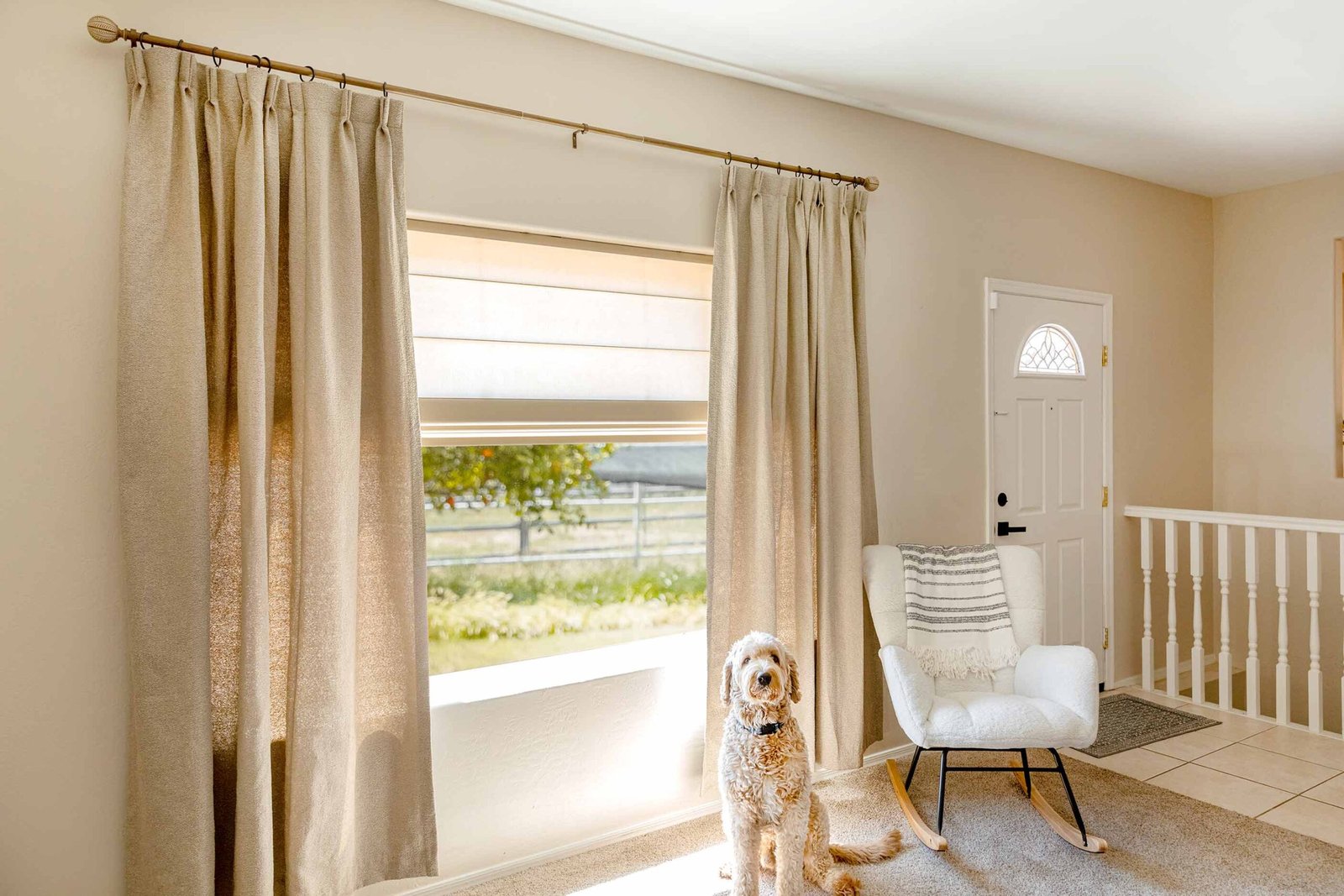The global market for window coverings is poised to grow significantly, rising from USD 12.37 billion in 2023 to USD 18.5 billion by 2032. This growth is driven not only by technological upgrades but also by a distinct consumer shift toward sustainability and personalization.
What’s Driving the Shift?
- Green Preferences: From bamboo to recycled textiles, the demand for sustainable window treatments is reshaping product design and sourcing practices.
- Smart Home Synergy: Integration with digital home ecosystems—like Alexa or Google Home—enhances utility and environmental performance via automated energy savings.
- Design as a Value Driver: Eco-conscious buyers also want visual appeal. Custom textures, ethical fabrics, and minimalist design are key buying factors.
Core Segments and Growth Zones
- Eco Blinds and Smart Curtains: Growth lies at the intersection of automation and sustainability.
- Residential Dominance: The home remains the focal point for innovation, but hotels and wellness centers are close behind.
- Asia-Pacific Boom: Urban density and climate-driven design are shaping demand for energy-efficient window systems.
Challenges to Navigate
- High upfront costs for green and smart solutions.
- Lack of standardization in sustainable certifications.
- Limited retrofitting in rental spaces.
Innovation Imperatives
- Explore solar-adaptive materials.
- Partner with sustainability-certified suppliers.
- Enable modular and portable solutions for rental markets.
Final Thought
As environmental priorities and tech convenience converge, the window covering market is evolving into a space where innovation meets responsibility. Companies that align with these dual mandates are set to lead the next decade of growth.

